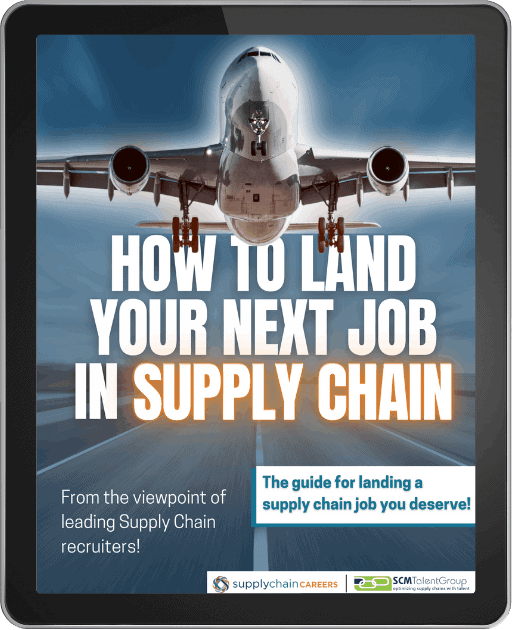Tips to Help Optimize Your Supply Chain Management Resume
Your resume is a critical marketing document in landing any job. To maximize results, it should be designed to help supply chain recruiters and potential employers quickly and easily understand your unique skills, relevant experience, past performance, and accomplishments. Below you will find some of the best supply chain resume tips we have to offer.
Need help crafting or editing your supply chain management resume? Use our resume writing service:
Emphasize the Most Significant and Relevant
Most recruiters and employers take less than 10 seconds to scan a resume and determine their interest level. Be sure to emphasize your most recent and applicable work experience and de-emphasize experiences from the beginning or earlier part of your career. If supply chain management recruiters or employers don’t see something of interest in the first resume scan, they will likely never go through the rest of your supply chain management resume and will move on to the next one instead.
Be Concise in Content and Design
Stay on point and condense where possible – your resume should be no more than two pages in length and no less than 10 point type in Helvetica or Arial (you should avoid Times New Roman as it’s considered outdated). Leave as much white space and margin as you can to make it look cleaner and easier to scan and digest. Bold and capitalize all headings (Name, Summary, Experience, Education, etc.) but keep bolding and underlining of normal text to a minimum.
Simplify the Format
A reverse chronological order resume with all gaps in employment explained lends to the most credibility and is preferred by employers and recruiters. Make sure all information and dates are completely accurate and updated to reflect your current or most recent position. For the date format, we recommend using Month/Year for each position you’ve held.
Quantify Results
Quantify your accomplishment statements using percentages and/or dollar amounts (e.g., cost savings, increased productivity, etc.). Be sure to tell what “you” did and your particular role versus what the “team” did.
Showcase Your Supply Chain Skill Set
Instead of an objective statement, consider listing a brief summary of your supply chain skills and expertise. Write either a brief paragraph and/or list five to ten bullet points at the very top of the first page under contact information. You should customize this summary section based on the types of jobs you’re applying to in efforts to increase your chances of landing a job interview.
Stay Transparent with Your Work History
Make sure your work history is clearly stated to avoid your resume being dismissed due to too many unanswered questions or gaps. If you decide to use a functional resume format versus reverse chronological, be sure to add an outline of your chronological work history with dates included in Month/Year format.If there are employment gaps, list anything you were doing of value during that time, especially if it pertains to updating your work skills, education, certifications, etc.
Keep It Work Related and Professional
On your supply chain management resume, do not list personal information such as your list of hobbies, children or marital status, height, weight, age, race, ethnicity, religion, or personal references. Do not include a picture either. Including personal information could negatively impact your candidacy.
Promote Advanced Education and Professional Certifications
If you have an advanced degree (MBA, MS, etc.) or professional certifications such as a CPM, CPIM, CIRM, CSCP or Six Sigma Black Belt, be sure to place that information towards the top of your resume where it can easily be seen. This could help your resume to stand out amongst other candidates.
Your Accomplishments Trump Job Duties
Under the Experience section, avoid listing only your job duties and responsibilities. It’s critical that you list your accomplishments as well, and be sure to quantify the results of each accomplishment. Use action verbs (optimized, transformed, integrated, directed, etc.) in bullet point form for more impact and easier scanning.
Detail Size, Scope, and Complexity
Demonstrate your career progression throughout your resume. Supply chain recruiters and employers also want to understand the types of companies you’ve worked for along with the size, scope, and complexity of the supply chain network or operation you’ve managed or supported for each position you’ve held. You don’t need to go into fine detail, but at least list the basics to provide context.
Leave Out the Obvious
Leave off the phrase “References Available Upon Request” at the end of your resume. It is assumed that you will provide references when requested.
Connect Your Web Presence
If you are active on business-related social media networks such as LinkedIn (make sure you have a completed profile!) or if you maintain a supply chain-oriented blog or website, be sure to include the links/URLs at the top of your resume underneath your name and contact information. This is a super easy way to supplement your resume with additional content (supply chain articles you’ve published, references on your LinkedIn profile, etc.) which can give you a leg up over other candidates.

